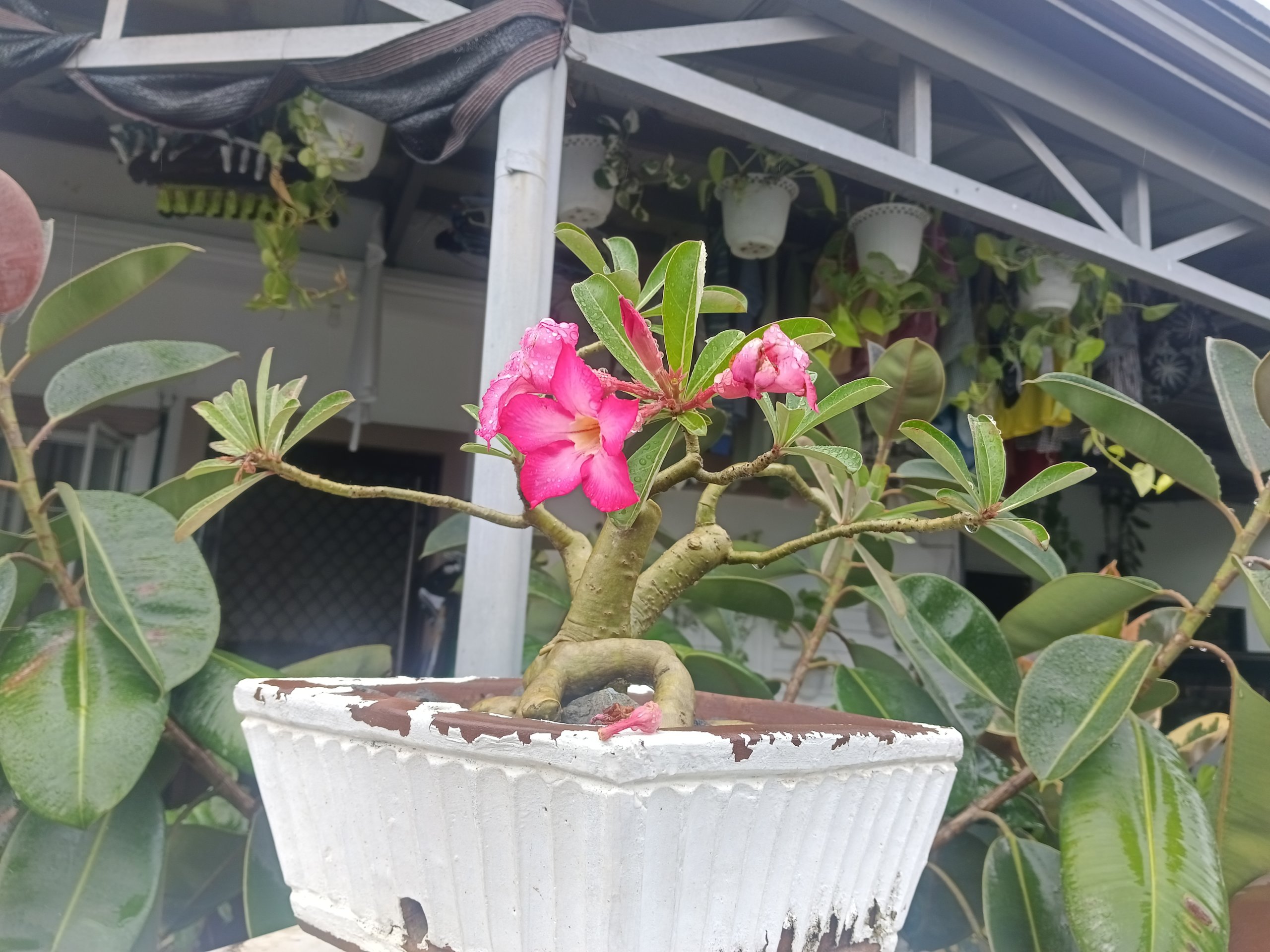Succulent Bonsai Techniques
Transforming succulents into bonsai combines traditional bonsai methods with the natural beauty of hardy plants. You shape the plant through pruning, wiring, and careful root work, while the succulent’s ability to store water makes it easier to maintain than many classic bonsai species. Succulent bonsai techniques give you the tools to create a miniature tree form that is both low-maintenance and visually striking.
You start by choosing the right succulent that responds well to trimming and shaping, such as jade plants or certain sedums. From there, shallow pots, well-draining soil, and consistent pruning help you guide growth into a balanced, tree-like structure. Each step requires patience, but the results offer a unique blend of art and gardening.
The process is approachable for beginners and rewarding for experienced growers who want to try something new. By applying these techniques, you can craft living pieces that showcase structure, texture, and resilience in a compact form.
Key Takeaways
- Succulent bonsai uses shaping methods to create tree-like forms.
- Choosing the right plant and setup is essential for success.
- Ongoing trimming and care keep the bonsai healthy and balanced.
Fundamentals of Succulent Bonsai Techniques
Succulent bonsai combines the water-storing ability of succulent plants with the shaping and design methods used in bonsai trees. You need to understand why succulents adapt well to this practice, how they differ from traditional bonsai species, and which tools and materials help you create healthy and balanced miniature trees.
What Makes Succulents Suitable for Bonsai
Succulents store water in their fleshy leaves, stems, or roots, which makes them more tolerant of dry conditions than many bonsai trees. This natural adaptation means you can water them less often while still keeping them healthy.
Their compact growth habits and thick structures also make them easy to shape into miniature forms. Many species, such as jade plants (Crassula ovata) or portulacaria, respond well to pruning and can develop woody stems that resemble small trees.
Another advantage is their ability to heal quickly after cuts. When you trim or shape a succulent bonsai, scars close faster than on many traditional bonsai trees. This helps you refine the appearance without long-term damage.
Succulents also propagate easily from cuttings, giving you more material to work with. You can start new bonsai projects from small pieces of stem or leaf, which reduces cost and increases variety in your collection.
Key Differences from Traditional Bonsai
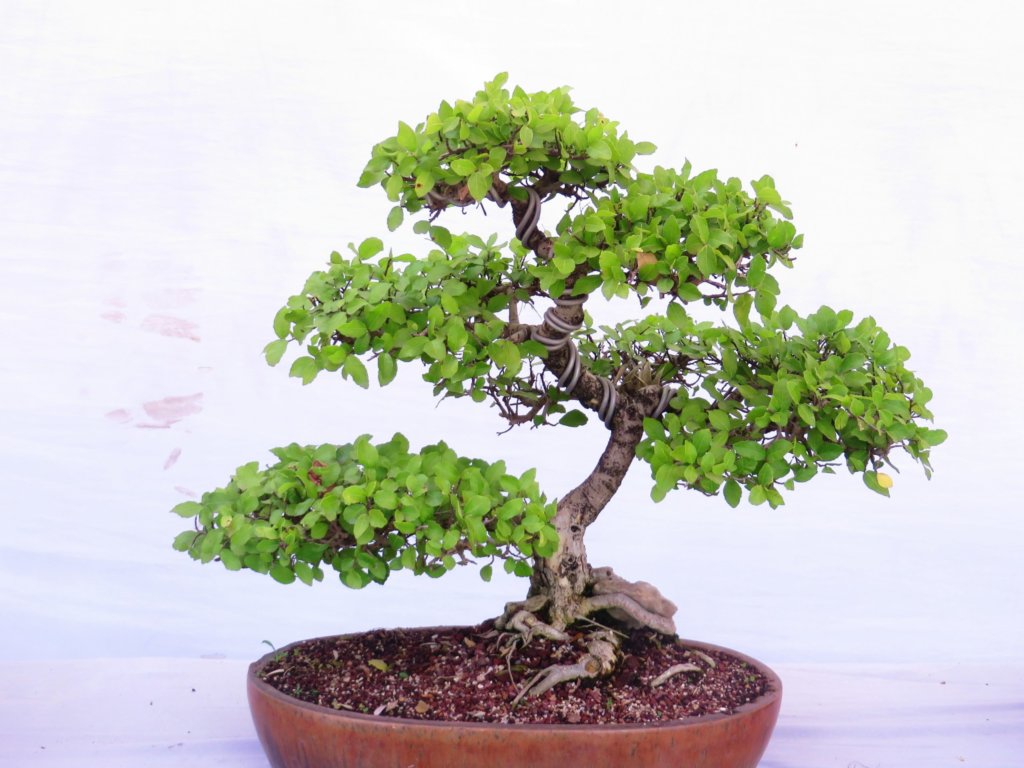

Traditional bonsai often uses species like pine, juniper, or maple, which require frequent watering, seasonal care, and long training periods. Succulent bonsai, by contrast, needs less water due to its natural drought resistance.
The shaping process also differs. You will use lighter pruning and less wiring because succulent stems can be brittle. Instead of heavy bending, you often rely on selective pruning to guide growth.
Soil choice is another key difference. While standard bonsai soil balances water retention and drainage, succulent bonsai requires a mix that drains very quickly. A well-draining succulent soil prevents root rot and supports healthy growth.
You also need to adjust your expectations for appearance. Succulent bonsai often looks thicker and more compact than the fine-branching style of traditional bonsai trees.
Essential Tools and Materials
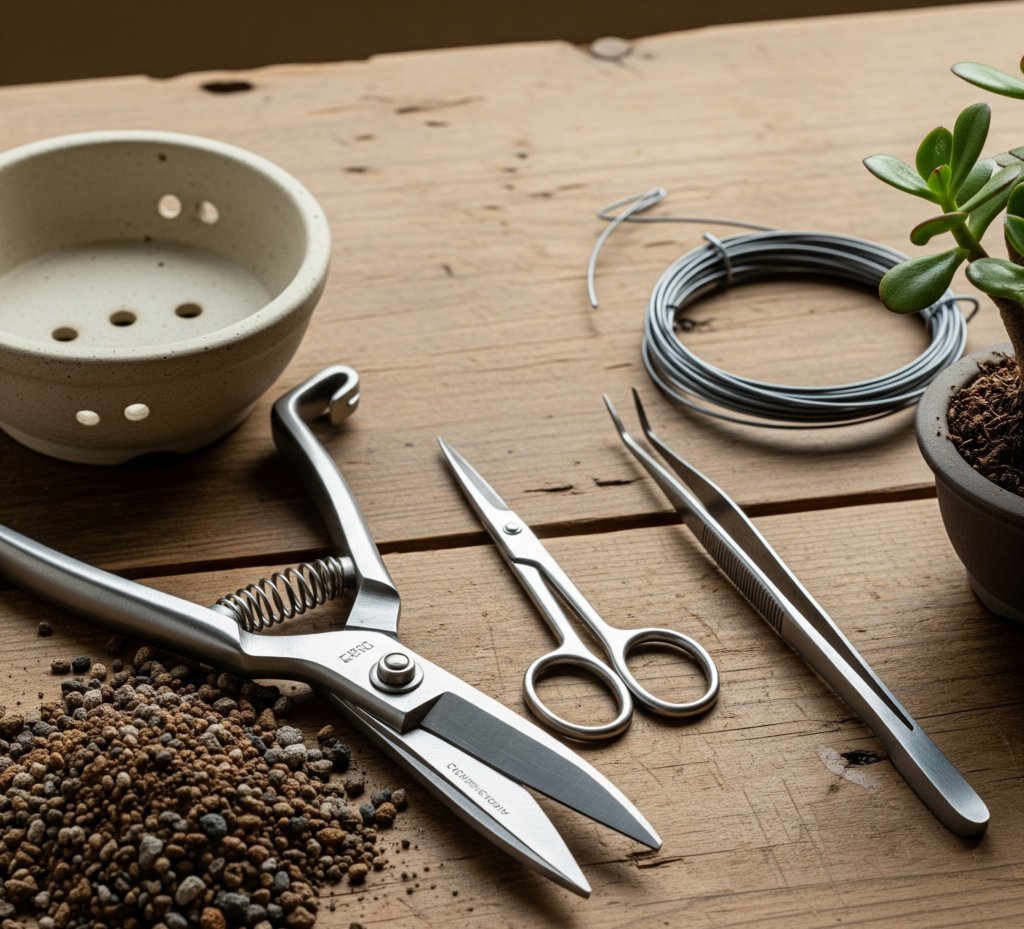
To work with succulent bonsai, you need a few basic tools. Sharp pruning shears or small scissors let you make clean cuts without crushing fleshy leaves or stems. A pair of tweezers helps remove dead foliage from tight spaces.
For shaping, use soft aluminum wire sparingly. Because succulent stems are fragile, you should avoid heavy wiring. Instead, focus on trimming and natural growth patterns.
Your pot should be shallow with drainage holes. Good drainage is critical because succulent roots cannot sit in water. Pair the pot with a well-draining soil mix made of potting soil, pumice, or coarse sand.
Other useful items include:
- Root hook for loosening soil during repotting
- Chopsticks to settle soil around roots
- Disinfectant to clean tools and reduce infection risk
These materials help you maintain plant health while applying bonsai techniques in a way suited to succulent plants.
Selecting Succulent Species for Bonsai
When shaping succulents into bonsai, the type of plant you start with affects how well it adapts to pruning, wiring, and container growth. Some species stay compact and branch easily, while others offer unique textures or growth habits that make them stand out.
Criteria for Choosing the Best Succulents
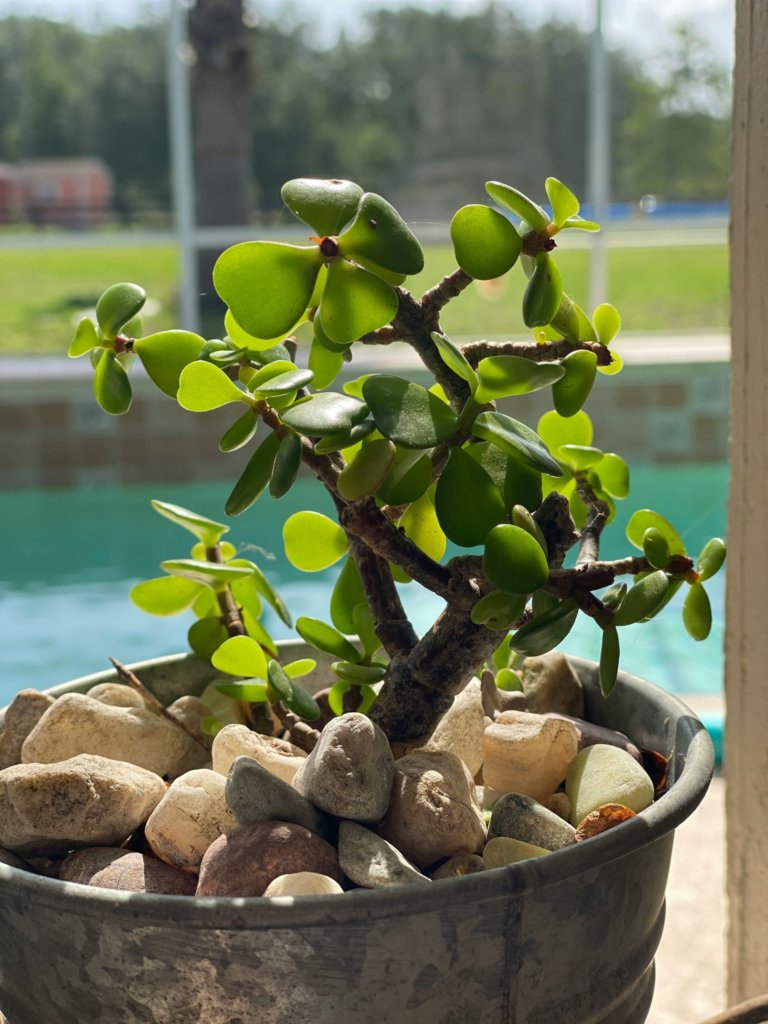
You should focus on species that stay small and compact without constant trimming. Plants with fine branching patterns and smaller leaves are easier to style and look more balanced in miniature form.
Look for succulents that tolerate pruning well. Some varieties heal quickly after cuts and produce new growth, which helps create the dense foliage needed for bonsai.
Root structure also matters. Succulents with shallow root systems adapt better to bonsai pots. A plant that can thrive in well-draining soil and limited space will save you from ongoing stress and decline.
Climate tolerance is another key factor. For example, Crassula ovata (jade plant) adapts well indoors, while Adenium obesum (desert rose) prefers warm, sunny conditions. Matching the species to your environment leads to healthier growth.
Top Succulent Species for Bonsai
Some succulents are more reliable than others for bonsai training. Below are several strong options:
- Crassula ovata (Jade Plant): Thick trunk, easy branching, common choice.
- Portulacaria afra (Elephant Bush): Small leaves, fast growth, excellent for shaping.
- Adenium obesum (Desert Rose): Swollen caudex, showy flowers, thrives in heat.
- Trichodiadema bulbosum: Woody trunk, fine leaves, resembles classic bonsai trees.
- Sedum varieties: Compact trailing forms, useful for ground cover or accent styling.
- Othonna species: Small leaves and yellow blooms, good for miniature displays.
- Aloes: Some dwarf species can be styled, though they need careful handling.
These species combine durability with visual interest, making them practical for both beginners and experienced growers.
Core Techniques for Creating Succulent Bonsai
You need to manage growth, shape the plant, and maintain healthy roots to form a balanced succulent bonsai. Success depends on careful pruning, controlled styling, proper potting, and soil choices that support both structure and long-term health.
Pruning and Shaping Methods
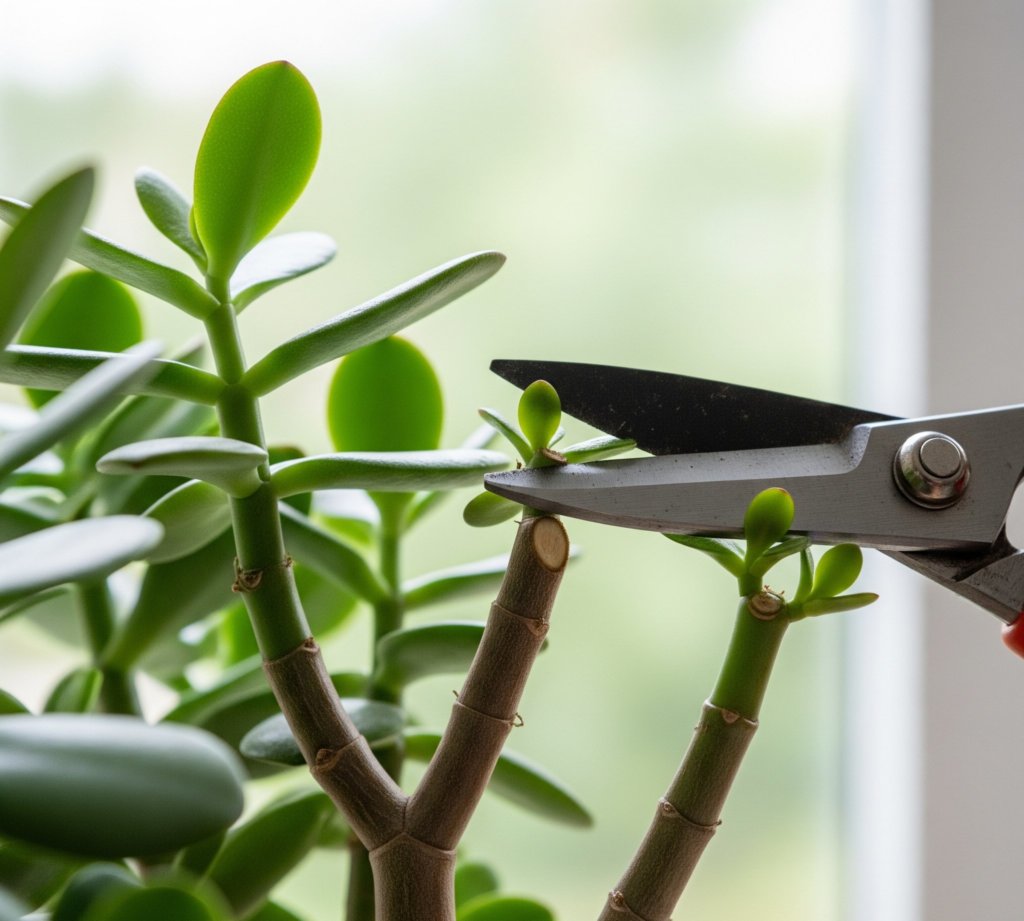
Pruning controls size and directs energy into the parts of the plant you want to highlight. Since succulents have fleshy leaves and stems, you should use clean, sharp tools to avoid tearing tissue. Always remove damaged or crowded growth first to improve airflow and light penetration.
Shaping works best when you prune during the active growing season, often spring or early summer. At this time, the plant recovers faster and produces new shoots that can be guided into your design. Trim gradually rather than removing large sections at once.
Focus on creating balance between the canopy and the root system. A compact crown with evenly spaced branches gives the bonsai form without stressing the succulent. Over-pruning can weaken the plant, so leave enough foliage for photosynthesis.
Tip: Keep cuttings, as many succulents root easily and can be used for propagation.
Wiring and Styling Considerations
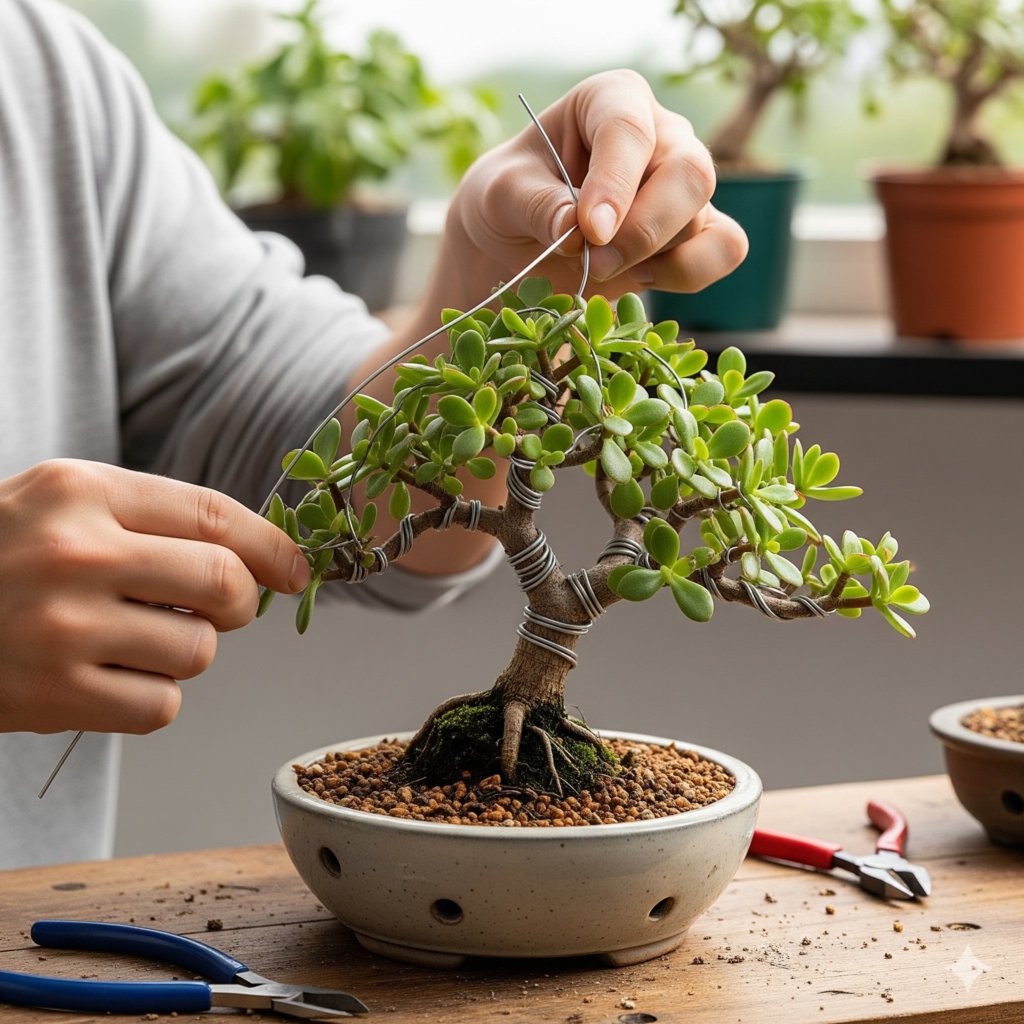
Wiring helps you bend and position branches, but succulents require special care. Their stems are thicker and more brittle than woody bonsai species, so you must apply wire loosely to avoid cutting into the flesh.
Use aluminum wire instead of copper because it is softer and easier to adjust. Wrap slowly and support the branch with your fingers as you bend. Do not force sharp angles, gentle curves are safer and reduce breakage.
Check wires often, especially during active growth. Fleshy stems can swell quickly, and wire left too long may scar the surface. Remove or adjust as soon as the branch holds its shape.
Styling usually emphasizes natural forms. You might train the plant into upright, slanting, or cascading styles, but allow the succulent’s natural growth habit to guide your design.
Potting and Root Management
A shallow pot encourages the bonsai look but requires careful root management. Succulents store water in their roots, so you must avoid crowding or damage during potting. Trim only the outer roots and leave the main root system intact.
Use mesh over drainage holes to prevent soil loss. Position the succulent slightly off-center to create visual interest while leaving space for future growth. Anchor the plant with wire if the root ball is small or loose.
Root pruning should be light compared to traditional bonsai care. Removing too much can reduce water storage and stress the plant. Instead, focus on cleaning away dead or rotting roots.
Key point: Healthy roots are essential for the plant’s overall well-being and nutrient absorption.
Repotting and Soil Selection
Repotting helps refresh the soil and prevent root problems. Most succulents need repotting every 2–3 years, but the timing depends on growth rate and pot size. Always repot during the growing season, not when the plant is dormant.
Choose a soil mix that drains quickly. A blend of potting soil, coarse sand, and perlite or pumice works well. Avoid dense organic matter that holds water, as this can cause root rot.
When repotting, gently shake off old soil and inspect the root system. Remove unhealthy roots and replant in fresh mix. Do not water immediately; wait a few days to let cuts heal before resuming normal care.

